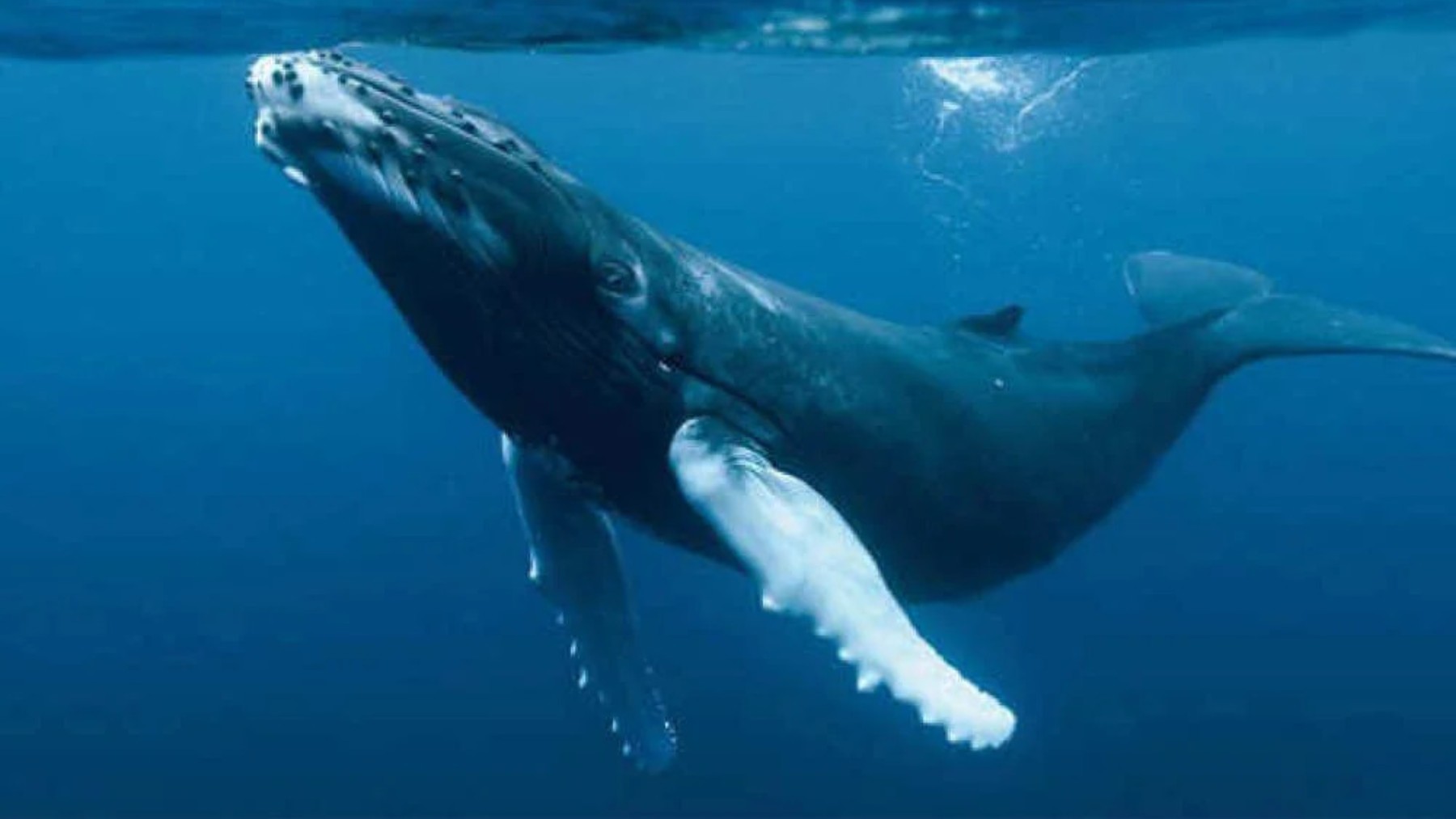After more than 20 years, nature has surprised us again. Researchers from Cape Ann Whale Watch have been able to record the sighting of a blue whale off the coast of Gloucester, Massachusetts, United States. This event is exceptional, as it is not common to see these specimens in the shores of New England, their usual route being the Gulf of St. Lawrence.
There are many factors threatening their integrity, such as entanglements in fishing gear or underwater pollution. Scientists from NOAA Fisheries state that blue whales can grow up to 110 feet long and live nearly 90 years, and their calls can travel up to 1,000 miles underwater. Due to the multiple threats they face, this mammal is protected by the Marine Mammal Protection Act and the Endangered Species Act.
Blue whale
According to the World Wildlife Fund, the blue whale (Balaenoptera musculus) is the largest animal on the planet. It can weigh up to 200 tons, and its heart is compared to that of a Volkswagen Beetle. Currently, its population is between 10,000 and 25,000 individuals, and it is endangered. It feeds solely on krill, which it can consume about 4 times a day, reaching up to a ton. It communicates through calls that can reach up to 188 decibels, being heard from hundreds of kilometers away, which fascinates and surprises equally the National Oceanic and Atmospheric Administration (NOAA Fisheries).
Recent sighting
According to Cape Ann Whale Watch, the migratory route of the blue whale heads to the Gulf of St. Lawrence in Canada at the end of autumn. This is why the sighting that took place off the coast of New England, specifically in Gloucester, Massachusetts, caught even the most experienced naturalists off guard. After more than 20 years, they witnessed the sighting of the animal gliding towards their observation boat. The moment was recorded and shared on their Facebook profile.
Sightings of other species and threats
Many species are not easily seen, as is the case with the Bornean clouded leopard or the giant anteater from Brazil. However, when these sightings occur, the scientific community takes a breath of fresh air, as it helps to continue thinking about the resilience of nature and the possibility of ecological recovery for many species.
Despite being able to live almost 90 years, the survival of blue whales is threatened by various factors. On one hand, climate and environmental changes lead to the loss of their habitats and exposure to toxic substances.
Additionally, they are affected by collisions with vessels and entanglements in fishing nets. Furthermore, commercial whaling has reduced their population, especially in the North Atlantic, where individuals typically do not exceed 88 feet.
More than necessary protection
Their protection is vital given the situation. This is why in the United States they are under the protections of the Marine Mammal Protection Act and the Endangered Species Act. One of the naturalists present at the sighting declared, “It is humbling to witness something much greater than ourselves. This whale reminds us of the wonder that still exists in the world and why it is worth protecting.” This is why actions such as reducing ocean noise, decreasing plastic pollution, and the use of fossil fuels are essential for their conservation and protection.
Do you come up with any other endangered species – of which there are unfortunately many – that could benefit from these whale protection measures?





